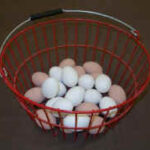
FREE SHIPPING on all supply order totals exceeding $25.00.
Item #N20
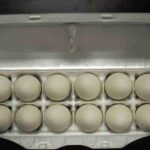
1 Dozen of White Ceramic Eggs
FREE SHIPPING on all supply order totals exceeding $25.00.
Item #N02
Hatchery Choice Hatching Eggs
Continue Reading
Hatchery Choice Hatching Eggs – 12 for $61.68 24 for $101.28 FREE SHIPPING
Shipped Mid February through June 5th
Continue Reading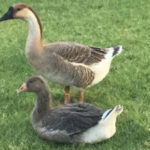
Backyard geese are nearly as majestic as swans, but are a whole lot less expensive to buy and to raise. Not only are they aesthetically pleasing, but they also serve many useful purposes. Here are 12 wonderful reasons to keep geese in your backyard. 1. Goose meat is delectable Most breeds of domestic geese originally […]
Continue Reading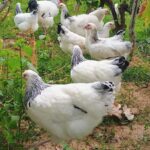
Not Sexed = 3
Female = 3
Male = 1
Total of 3 birds to ship
Seasonal/Shipped Feb thru September
Continue Reading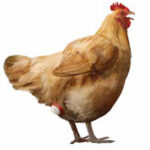
One of the most common health conditions of laying hens is vent prolapse. Other names for the condition are blowout, cloacal prolapse, and prolapsed oviduct. What Is Prolapse? Prolapse is actually the natural process by which a hen lays eggs. When a hen is ready to lay an egg, her vagina tightly grips the completed […]
Continue Reading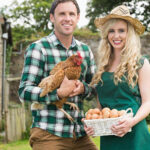
Chicken keepers in the United States are a diverse bunch in such things as where they live, how many chickens they keep, and what they feed their flock. A paper published in Poultry Science offers some interesting insights about who, exactly, chicken keepers are. Urban or Rural Backyard chicken keepers in the United States are […]
Continue Reading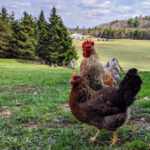
What, exactly, are free-range chickens? According to USDA, free-range chickens must be “allowed access to the outside.” That doesn’t mean they actually have to go outside. They just have to have outdoor access. On the other hand, to many rural chicken keepers, free range means letting the chickens go wherever they wish. That’s a non-starter […]
Continue Reading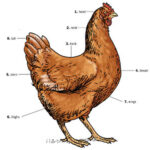
Each fall most chickens go through an annual molt, during which a shiny new set of feathers replaces their previous plumage. During the molt, nutrients used to produce eggs are diverted to producing feathers. As a result, laying slows, or ceases altogether. The best layers molt fast and furious, as if in a hurry to […]
Continue Reading